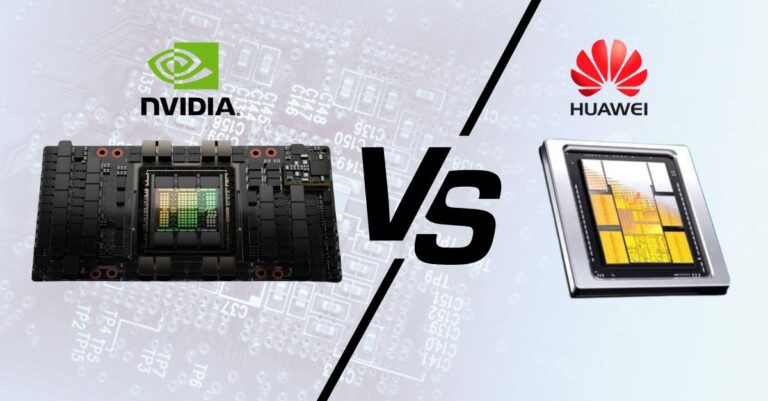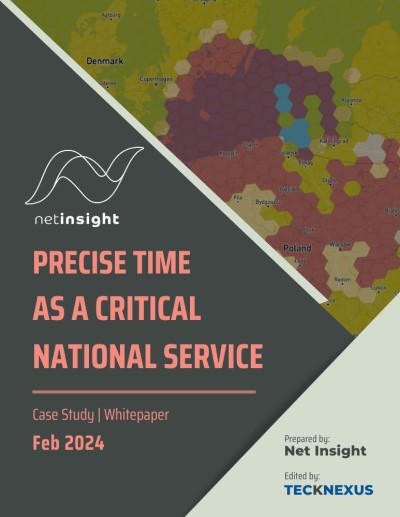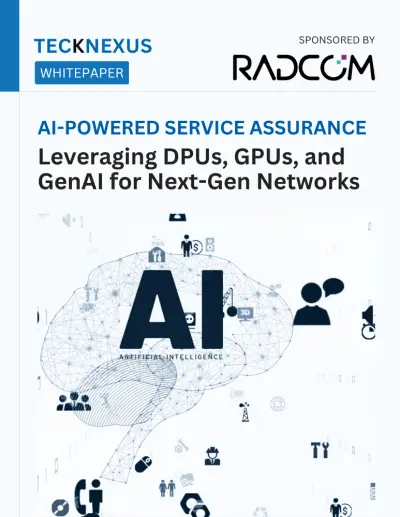The Ericsson Mobility Report has released its latest findings, showcasing a significant surge in 5G adoption worldwide. According to the report, 5G subscriptions are set to exceed 5.3 billion by the end of 2029, indicating a resilient growth trend in the face of ongoing economic and geopolitical challenges.
Expanding 5G Coverage: A Global Phenomenon
As we move towards 2029, the expansion of 5G coverage is set to transform global connectivity. The Ericsson Mobility Report projects that by the end of 2023, over 45 percent of the world’s population will have access to 5G networks, a figure that is expected to nearly double by 2029. This expansion is not just limited to urban areas; rural and remote regions are also beginning to experience the benefits of 5G, bridging the digital divide and opening up new opportunities for development and innovation.
The Surge in Smartphone Data Consumption
The predicted increase in average data consumption per smartphone, from 21GB to 56GB per month, reflects a changing digital landscape where high-definition streaming, cloud-based services, and real-time gaming are becoming the norm. This surge in data usage underscores the need for robust, high-speed 5G networks capable of handling the growing demand for data-intensive applications.
5G’s Role in Business and Industry
5G technology is not just enhancing consumer internet usage; it’s also playing a crucial role in transforming various industries. From smart healthcare to automotive, utilities, and smart cities, 5G is enabling faster, more reliable connectivity, facilitating the Internet of Things (IoT), and supporting innovative applications such as remote surgery, autonomous vehicles, and smart grid management.
The Evolving Landscape of 5G Applications
Beyond conventional uses, 5G is fostering new applications in areas like augmented reality (AR), virtual reality (VR), and mixed reality (MR), collectively known as extended reality. These technologies are not only enhancing gaming experiences but are also being applied in education, training, and remote work environments, providing immersive and interactive experiences.
Challenges and Opportunities
While the growth of 5G presents numerous opportunities, it also brings its share of challenges. Network security, for example, becomes increasingly important as more devices connect to 5G networks. Addressing these concerns requires advancements in cyber security to protect against potential threats. Additionally, the deployment of 5G infrastructure, including cell towers and small cells, must be scaled up to meet the growing demand.
The Future of Connectivity
Looking ahead, the Ericsson Mobility Report suggests that 5G will be a cornerstone in the future of connectivity, driving advancements in AI, IoT, and other emerging technologies. As the world becomes increasingly connected, 5G will play a pivotal role in shaping how we live, work, and interact with the digital world around us.
Key Highlights from the Ericsson Mobility Report
Below are the key highlights from the November 2023 Ericsson Mobility Report.
- Robust Growth in 5G Subscriptions: The report forecasts a significant increase in 5G subscriptions, reaching over 5.3 billion by the end of 2029.
- Surge in Data Consumption: There’s an anticipated rise in global average data consumption per smartphone, expected to grow from 21GB/month in 2023 to 56GB/month by 2029.
- Widespread 5G Coverage: By the end of 2029, about 85% of the global population is projected to have access to 5G coverage.
- Dominance of 5G in 2023: Nearly one-fifth of all global mobile subscriptions are expected to be 5G by the end of 2023.
- Regional Growth Variances: North America and India are highlighted for their strong 5G subscription growth, with North America leading in 5G penetration by the end of 2023.
- Threefold Increase in Mobile Data Traffic: From 2023 to 2029, total mobile data traffic is estimated to grow threefold, fueled by improved device capabilities and data-intensive content.
- Indoor 5G Connectivity: The growing need for extending 5G mid-band coverage indoors is emphasized due to the majority of traffic being generated inside buildings.
- 5G in Manufacturing: The report discusses 5G’s impact on the manufacturing industry, noting its role in production output and resource allocation agility.
- 5G’s Role in Enhanced Services: Enhanced mobile broadband, FWA, gaming, and AR/VR-based services are identified as key early consumer use cases for 5G.
- Future Prospects: The report looks ahead at the future landscape of connectivity, highlighting the role of 5G in driving advancements across various sectors and technologies.
These highlights underscore the significant impact and rapid growth of 5G technology globally, outlining its role in shaping future connectivity and digital transformation across industries.
Read the full November 2023 Ericsson Mobility Report for more detailed insights into the evolving landscape of global connectivity. The Ericsson Mobility Report provides valuable insights into the rapid growth and potential of 5G technology. Ericsson will host an Ericsson Mobility Report webinar at 9.00 (CET) and at 18.00 (CET) on Thursday, November 30. To join please register here.
Related Ericsson Links:






















